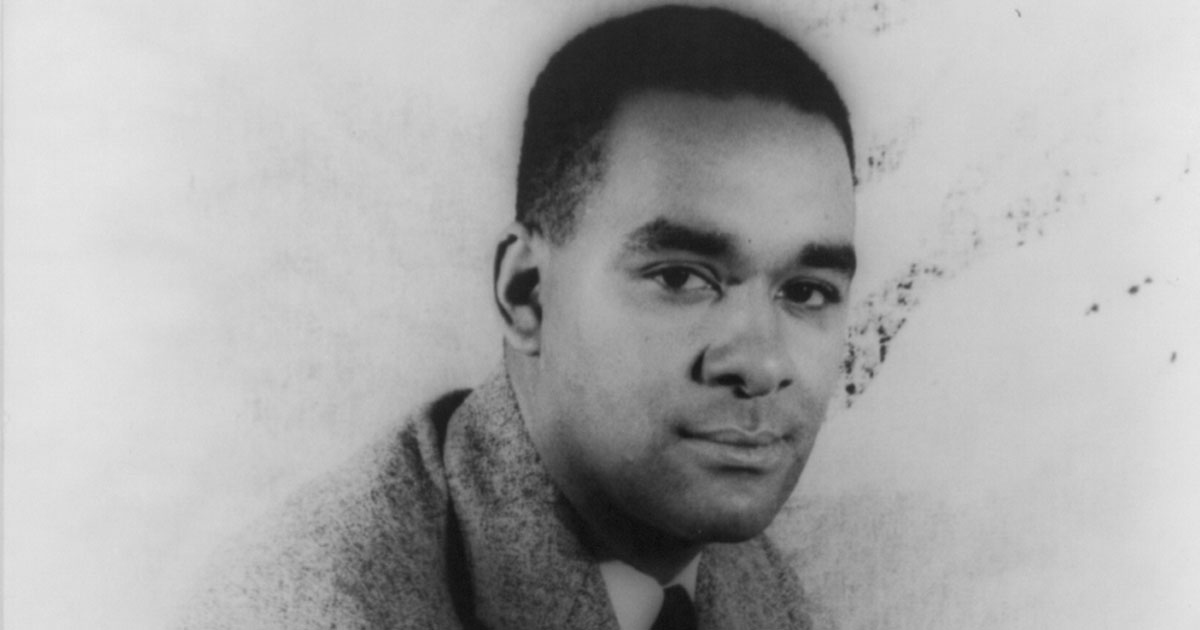Writers still putting ‘Richard Wright in Context’

LAWRENCE – For “Native Son” author Richard Wright, New York City was superior to his previous homes in Mississippi, Memphis and Chicago. But even there, in the U.S. publishing capital, he encountered such racism and restriction that he decamped for Paris, where he lived out his life.
Wright’s 10-year (1937-1947) stay in New York is the subject of a chapter in the new book “Richard Wright in Context,” published by Cambridge University Press.
 “What he discovers is that there is no place in the U.S. outside of racism,” said author Ayesha Hardison, associate professor of English and of women, gender & sexuality studies at the University of Kansas. “Born in Mississippi, Wright is an example of the trajectory of many African Americans as part of the Great Migration. He stops in Memphis, he moves to Chicago, he moves to New York, and then ultimately he moves outside of the United States. Each place offers him more personal and creative freedoms. However, even in New York, he experienced housing discrimination and racial hostility. For many Black entertainers and intellectuals, Paris functioned as a space to escape the restrictions they faced politically, socially and artistically in the U.S., and it worked that way for Wright as well.”
“What he discovers is that there is no place in the U.S. outside of racism,” said author Ayesha Hardison, associate professor of English and of women, gender & sexuality studies at the University of Kansas. “Born in Mississippi, Wright is an example of the trajectory of many African Americans as part of the Great Migration. He stops in Memphis, he moves to Chicago, he moves to New York, and then ultimately he moves outside of the United States. Each place offers him more personal and creative freedoms. However, even in New York, he experienced housing discrimination and racial hostility. For many Black entertainers and intellectuals, Paris functioned as a space to escape the restrictions they faced politically, socially and artistically in the U.S., and it worked that way for Wright as well.”
Hardison recently took over directorship of KU’s Project on the History of Black Writing from its founder, Maryemma Graham, who is set to retire after the fall semester. Hardison said the continuing scholarship presented in “Wright in Context,” edited by Michael Nowlin, professor at the University of Victoria, British Columbia, highlights the ongoing relevance of Wright’s work.
It was during his New York years, in 1940, that Wright’s most celebrated work, the novel “Native Son,” was published.
“It was both popular and critically acclaimed” at the time of its publication, Hardison said, becoming a Book-of-the-Month Club selection. “‘Native Son’ is gripping – it is graphic and socially relevant. It has crime, a dramatic police chase and courtroom scenes, and lots of social commentary. It really speaks to African Americans’ impoverished urban living conditions during Jim Crow, as well as the fear, frustration and resignation such conditions create.”
Hardison said Wright represented a break from the African American writers of the Harlem Renaissance, whom he criticized on various grounds.
“He is one of the most celebrated African American writers emerging at the end of the Depression,” Hardison said. “He is important because of the literary and political networks he secures during this economically precarious period, with key support from the Works Progress Administration. Richard Wright was one of the first African Americans to make their career writing, and his publications make a cultural impact because he directly critiques racial violence, segregation and various kinds of psychological and political limitations placed on African Americans’ ability to work, access education and live.”
It was while living in New York that Wright became estranged from the Communist Party of the USA, Hardison said.
“He disassociates from the party,” Hardison said, “because he feels it circumscribes his work by placing various constraints on his writing.”
Wright’s pursuit of freedom ultimately drove him across the ocean.
Expatriation, Hardison said, “offered not only the freedom to work differently, to create beyond whatever boundaries were placed on you and your art form, but it also allowed you to experience life differently. You were not subjected to segregated transportation or housing or public places. You were not subjected to lower pay scales. For Black creatives and intellectuals, Paris provided an opportunity to embrace themselves as thinkers and artists without the economic, social and psychological barriers that come with U.S. racism and discrimination. Harlem and Brooklyn offered Wright a reprieve, but he left the country with the hope of leaving behind oppressive American race relations.”
Image: A portrait of Richard Wright, made in 1939. Credit: Carl Van Vechten, Library of Congress collection.